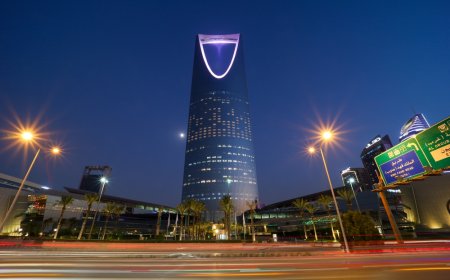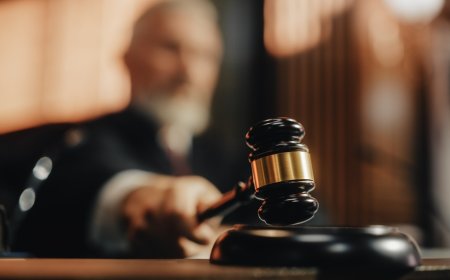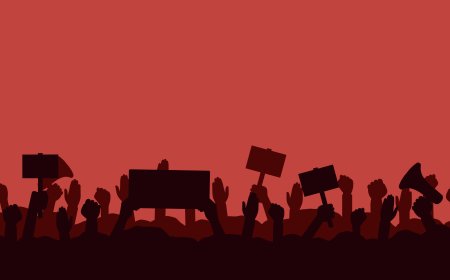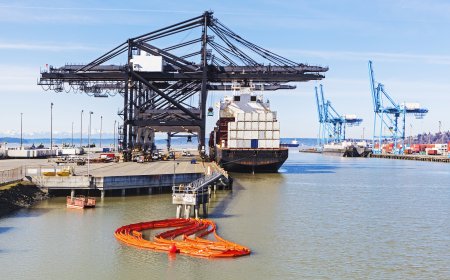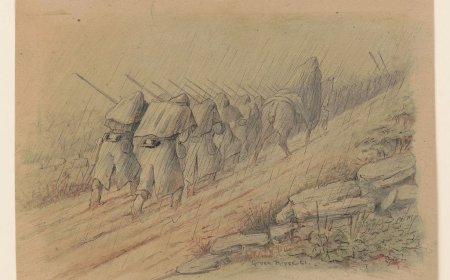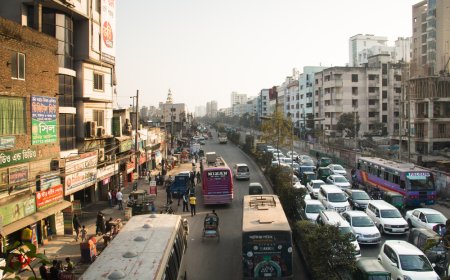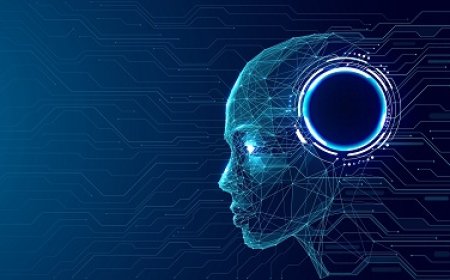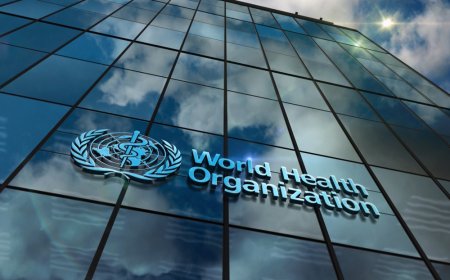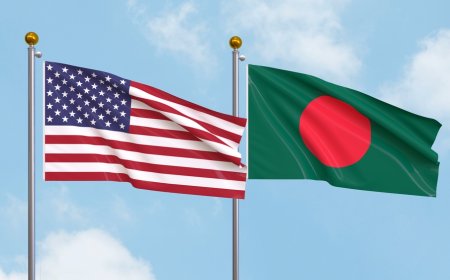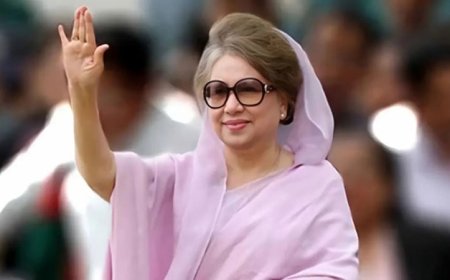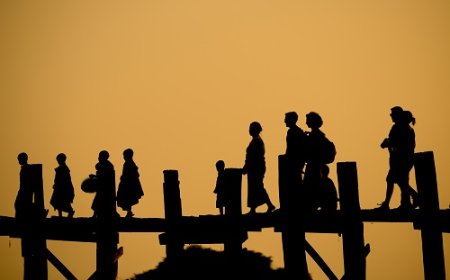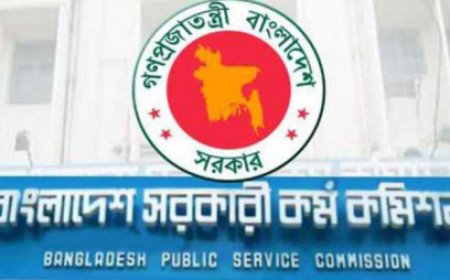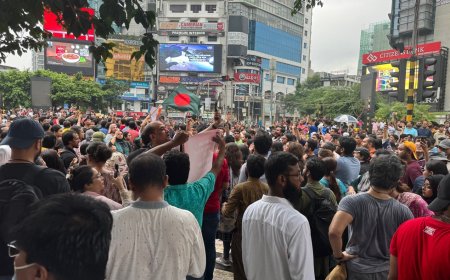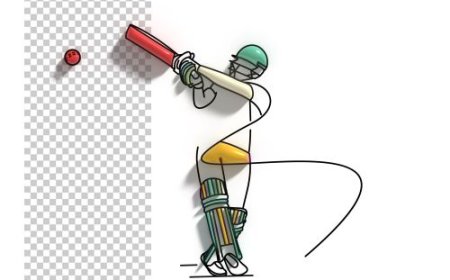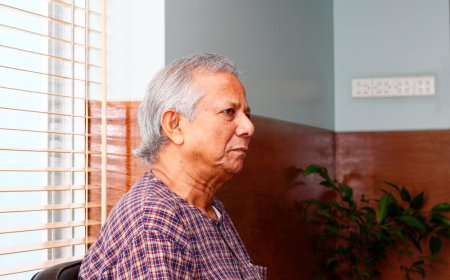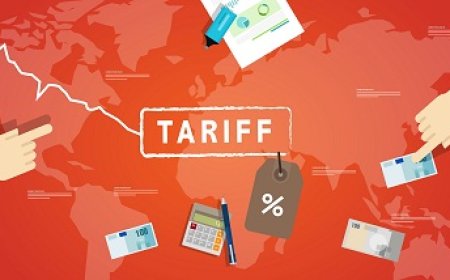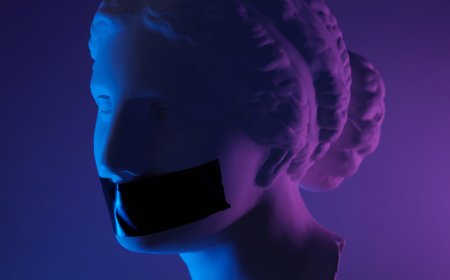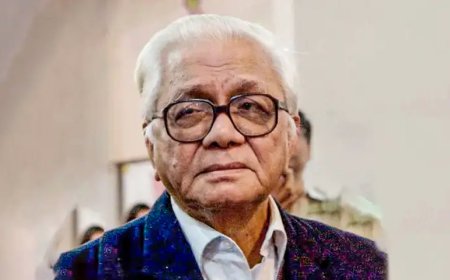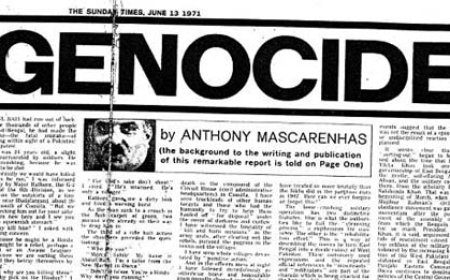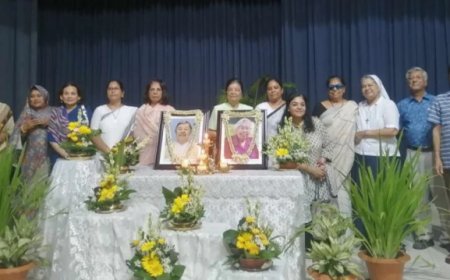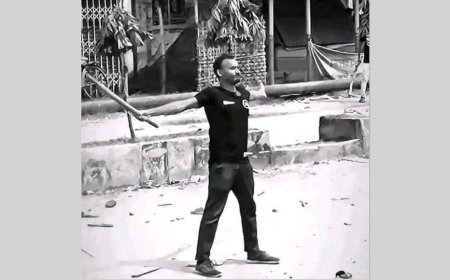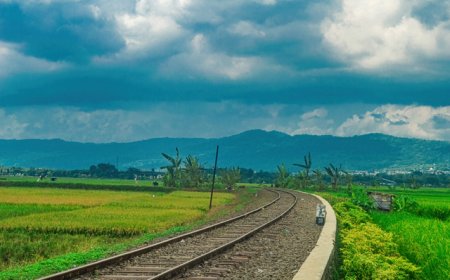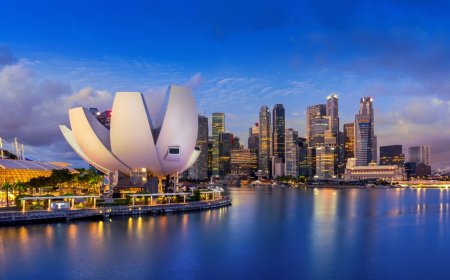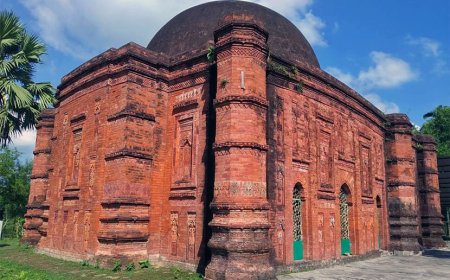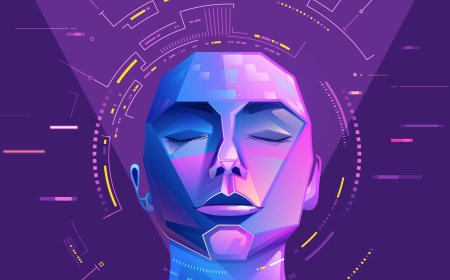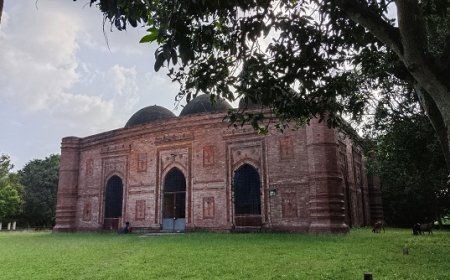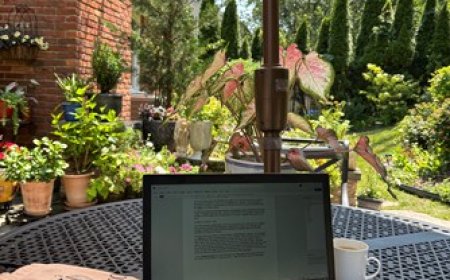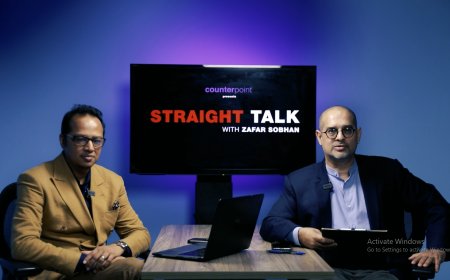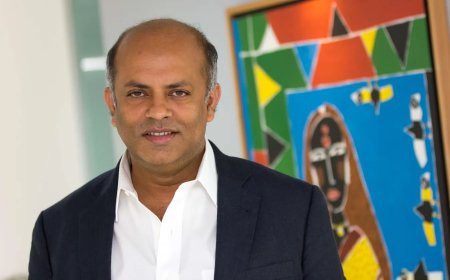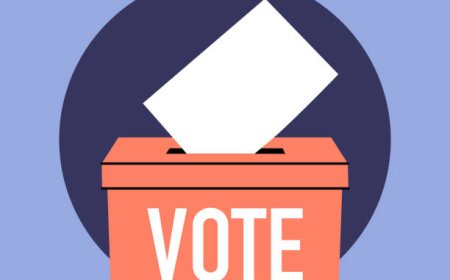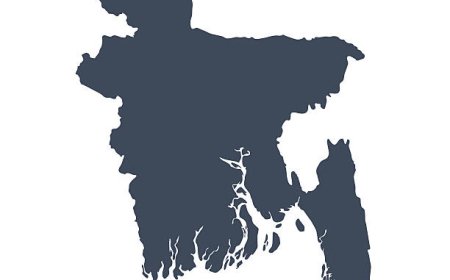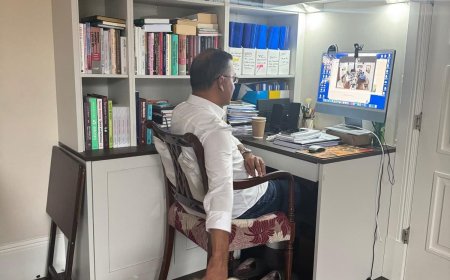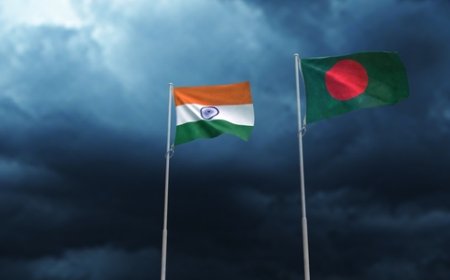Understanding Bangladesh’s Post-Uprising Reality
The constrained authority of the interim government, disparate power centers, and a crisis of accountability have all led to the unique challenges facing the nation today and that the incoming government will inherit

A State of Nature?
Imagine suddenly finding yourself at the scene of a mob lynching. You frantically call the police to intervene. Upon receiving your call, a police force arrives but only stands and stares, failing to help, and later returns only to collect the victims’ bodies.
This is not a metaphor; it is a grim reality recently observed in Taraganj, Rangpur, where police arrived while two men, Ruplal Das and Pradip Lal, were being lynched by a mob, yet left without intervening, returning only later to carry the corpses.
On September 5, hundreds of people attacked a darbar sharif, exhumed the body of Nurul Haque, widely known locally as Nural Pagla from his grave, and set it on fire in Goalanda Upazila of Rajbari.
These haunting images expose the fragility of Bangladesh’s socio-political landscape, where the interim government often responds only with statements of "Tibro Ninda."
Clearly, the interim government must take responsibility for the situation. Their lack of capacity and operational ability is the primary reason behind such failures. However, we must not confine ourselves to blaming the government alone; we need to go deeper to address the root causes.
This article approaches the situation as a paradox. In a country where the government itself was the primary perpetrator of grave human rights violations for the last fifteen years, the ousting of that autocratic regime created hope.
The interim government has indeed demonstrated a commitment to preserving human rights, for example, by signing the International Convention for the Protection of All Persons from Enforced Disappearance, establishing the Commission of Inquiry on Enforced Disappearances, and opening a UN human rights office in Dhaka. Several advisors of this interim government are human rights activists.
Yet, as the cases of Nural Pagla in Rajbari and Ruplal Das and Pradip Lal in Rangpur demonstrate, human rights violations through criminal violence -- particularly mob lynching and murder -- have not decreased.
Unlike under the previous regime, the Interim Government is not itself the active perpetrator of these violations; rather, they stem from citizens who now perceive themselves as being beyond the reach of the law.
In other words, while state-sponsored human rights violations may have declined, the state’s weakened capacity to maintain law and order has created fertile ground for non-state power centres to act with impunity and commit abuses on their own.
The core argument of this article is that Bangladesh under the Interim Government, especially in localities dominated by unaccountable power structures, displays features of a partial Hobbesian “State of Nature” -- a condition in which formal authority is contested, law enforcement is inconsistent, and citizens or local actors exercise power autonomously, often through violence.
As this condition persists, individuals increasingly believe they can violate the rights of others without consequence, resulting in mob lynchings, murders, and other forms of criminal violence that frequently overlap with human rights violations.
A Revisit of the Pre-Interim Era
On August 5, 2024, Bangladesh reached a turning point. The 15-year rule of Sheikh Hasina came to an end after weeks of student-led protests over job quotas, protests that quickly escalated into the mass movement now known as the July Uprising.
The uprising was fueled not just by economic and employment sector injustices, but by a deep-seated resentment of years of authoritarianism, the suppression of dissent, and systematic abuse of state power.
The government’s response in July 2024 alone was brutally lethal: more than a thousand people were killed, live ammunition was fired into crowds, hospitals were blocked from treating the injured, and the internet was shut down to hamper protest coordination.
Yet, the transformation of the Awami League into an authoritarian regime was not sudden, nor limited to the repression of July 2024. It was a gradual, calculated process. Upon returning to power in 2009, Hasina abolished the neutral caretaker government system, creating elections plagued by boycotts, ballot-stuffing, and intimidation.
The courts were filled with loyalists, critics were silenced, and the Digital Security Act was weaponized to imprison journalists, activists, and even children over harmless speech.
These were not abstract abuses; they were harsh realities endured by thousands. The 2009 BDR mutiny was one of the starting points, resulting in the death of 56 military officials and 17 civilians.
These incidents also helped the authority impose a divide-and-rule policy, deepening ideological and identity-based divisions across the nation.
At the same time, political opponents were systematically targeted through biased judicial procedures. Law enforcement agencies increasingly became an extension of the ruling party, functioning effectively as armed enforcers and, at times, killer groups, with most appointments based on party affiliation, particularly members of the Student League.
This was evident in their actions during the July Uprising against civilian protesters. In addition, the Narayanganj murders of 2014 exposed elite Rapid Action Battalion officers acting as contract killers.
The discovery of secret detention center revealed a network of torture chambers run by the DGFI, RAB, and the police. Perhaps the most sinister tactic of the regime was enforced disappearance.
Findings from the Commission of Inquiry on Enforced Disappearances, established by the interim government, reveal how the previous government simply erased people for expressing opinions or dissent. The implementers of these actions included law enforcement and state intelligence agencies such as RAB, DGFI, and the police. Many victims were held in Aynaghor, some were extrajudicially killed, and others ended up in neighboring countries, exposing another concerning dimension: foreign interference over the past 15 years.
These economic crimes shattered the state’s financial backbone. Each episode reinforced a culture of impunity, with security forces, courts, and the ruling party colluding to protect one another.
The legacies of this authoritarianism cannot be undone in a single year or even two. So, although Sheikh Hasina went into exile on August 5, 2024, and an interim government under Nobel laureate Muhammad Yunus assumed power with promises of reform, the initial optimism was quickly tempered by reality.
Authoritarianism in Bangladesh is not merely the product of a single leader; it is embedded in long-established institutions, entrenched practices, and deeply entrenched power structures. The challenges facing the interim government are therefore far deeper and more complex than its immediate capacity allows.
Understanding the Nature of the Interim Government: Political or Facilitator
Before moving further, it is necessary to take an honest dive into understanding the nature of the Interim Government. Its characterization can vary depending on perspective.
The government assumed power after the fall of the Awami League regime, following a mass revolutionary movement. By context alone, it possesses a political nature. The fallen Awami League treated this government as one that had toppled them, waging a symbolic rebellion, at least online, further politicizing its existence.
Additionally, three student leaders who played central roles in the July Uprising became advisors to the government, and student representatives were included in every reform commission established by the interim government. By formation, then, it is political in nature.
Its agenda reinforces this political character. The government’s priorities included delivering justice for the July Massacre and addressing enforced disappearances, reforming government institutions, and organizing elections. These are inherently political objectives, tied directly to the revolutionary context that brought the government into power.
Yet, beyond the three student advisors, most of the government’s advisors are non-political experts in their respective fields. While technically proficient, most lack experience in running ministries -- a skill set that extends far beyond technical knowledge and into navigating the political and administrative realities of governing a country. In practical terms, the interim government relies heavily on state institutions, particularly the police and bureaucratic bodies to carry out daily governance across urban and rural areas.
Herein lies the dilemma. Under the previous Awami League regime, these state institutions were politicized from top to bottom. The police, in particular, led the brutality during the July massacre and lost all legitimacy among the public. Officers responsible for the massacre fled, postings were abruptly changed, and low morale further compromised operational capacity.
In short, the paradox of the interim government is multi-layered. By context, formation, and agenda, it is political, which generated high public expectations. Yet beyond these political dimensions, it functions more as a Dhaka-based administrative or facilitating body, lacking meaningful representation across the country. Its operational dependence on police and bureaucrats, both compromised in capacity, legitimacy, and experience, has prevented it from delivering the expected outcomes.
The Power Centers -- Without Accountability?
To understand the context further, it is crucial to examine the existence of multiple power centers in Bangladesh–actors who can exercise authority for political capital, social influence, resource accumulation, or personal gain without being constrained by effective accountability mechanisms.
The interim government, in theory, relied on political and social forces that had participated in the July Uprising to stabilize the country. These actors had significant influence at the local level, which could help restore order. This would have been the ideal scenario. However, reality gradually diverged from this expectation. Major political forces began exercising their influence in local areas, often through lower-tier leaders and members, who leveraged party identity to access resources.
Beyond traditional political actors, other power centers also emerged. Islamist groups that had been persecuted during the Awami regime played a key role during the uprising and held significant social influence. The interim government, therefore, also relied on these groups to maintain order. Yet, despite their contributions to the uprising, these groups are not playing an active role in restraining violence that often justified under a religious cover.
For instance, they have not taken a clear stance regarding ongoing attacks on shrines across the country, which culminated in the burning of Nural Pagla’s body. Had they publicly condemned such acts, many of these incidents could have been prevented.
Civil society, in this context, should hold these actors accountable and pressure them to engage in dialogue. However, instead of doing so, the urban elite bubble from Dhaka’s tri-state circle, which dominates the leadership of civil society, often focuses on rhetoric about the supposed rise of far-right forces, warning that the country might become “another Afghanistan.” Without direct engagement, such simplistic narratives risk deepening divisions rather than fostering accountability or social cohesion.
Given the government’s dependence on all these political and social actors, coupled with a fragile administration and police force, it was nearly impossible for the government to bring the leaders of these power centers into formal judicial processes.
A particularly revealing example is the attacks on convicted individuals under the protection of law enforcement agencies, executed by lawyers, many aligned with political parties. These incidents illustrate how power centers operate with impunity, bypassing legal frameworks entirely.
The government also relied heavily on the military. On August 5, 2024, the military played a decisive role and was closely involved in forming the interim government. However, from the beginning, there were undercurrents of tension between the military and the student-led elements of the government. Public displays of mistrust between the two sides emerged over time.
The problem is compounded by civil society and public discourse. Actors shaping narratives of accountability often fail to grasp the full complexity of the context. In many cases, they unintentionally -- or at times deliberately -- give power centers free rein, holding the interim government accountable while overlooking the actions of other influential actors.
Accountability is applied selectively, often by drawing parallels with the previous autocratic government, while neglecting the broader network of power dynamics and inherited the structural limitations of the interim administration.
Authority, Accountability, and the Path Forward
The interplay of unaccountable power centers and the fragile nature of the interim government has profound implications for public order and citizen behavior. Emerging from the July Uprising, the interim government assumed power in a politically charged environment marked by widespread social mobilization, deep-seated distrust of state institutions, and a society conditioned by years of impunity.
When political parties, social actors, and other influential groups exercise power with impunity while the government struggles to assert authority, ordinary citizens are left navigating a landscape where laws and norms are inconsistently enforced, resulting in a persisting partial “State of Nature.”
In such a context, the perception that one can act beyond the law grows, creating conditions ripe for violence, vigilantism, and mob justice. Max Weber defines the state as a human community that claims the monopoly on the legitimate use of physical force within a given territory.
When this monopoly is contested or unevenly enforced, alternative centers of authority emerge, and individuals or groups may seek to assert control independently of formal institutions. Building on this framework, Mancur Olson emphasizes that weak enforcement fosters opportunism and predation. Together, these perspectives help explain why, despite reformist intentions and nominal legitimacy, incidents such as mob lynching, political violence, and extrajudicial killings persist, perpetuating cycles of impunity and undermining the rule of law.
Civil society must demand accountability from the interim government, but the persistence of parallel power structures ensures that systemic enforcement remains elusive. Before jumping to conclusions, it is essential to understand the complexity of the context, the roles of different actors, and the issues that define the situation holistically.
Despite its reformist intentions and revolutionary legitimacy, the interim government -- limited in political authority and operational capacity -- remains unable to fully contain the partial “State of Nature.” It has been reduced to an elite-led Dhaka-centric body -- which was kind of inevitable.
The result is a paradoxical reality: a government committed to justice yet constrained by institutional weakness, facing a society where perceptions of impunity, localized power, and historical grievances continue to shape citizen behavior and challenge the rule of law. The lesson is clear: to consolidate the legacy of the 2024 Uprising, every stakeholder -- including the interim government, political and social power centers, civil society, and citizens -- must engage with the context impartially, look beyond their own echo chambers, and hold themselves and others accountable comprehensively rather than selectively.
At this critical transitional moment for the country, we must also ask how Bangladesh as a state -- particularly its law enforcement agencies -- can address the violent elements within society that threaten human rights, while ensuring that such actions do not themselves compromise those rights.
What is needed is a balanced approach that maintains a healthy and constructive relationship between the state and society. Only through such honest reflection and consistent accountability can a coherent roadmap be developed to restore law, order, and public trust, ensuring that the transformative potential of the uprising translates into a sustainable democratic transition and lasting human rights protection.
As the national election approaches, we hope this piece will provide upcoming policymakers with a concise yet contextual overview of the existing complexities and crises. It also raises several research questions that scholars in relevant fields may wish to explore further.
At the same time, this work seeks to leave a trace -- a reminder of this fragile and transitional moment -- so that in the years to come, we do not fall into collective amnesia about the challenges and uncertainties that shaped it.
Md. Zarif Rahman is a member and student representative of the Police Reform Commission and currently serves as the Research Director at Sapran, a right-based think tank.
Opshora Islam Tondra is working as a researcher at Sapran.
What's Your Reaction?







